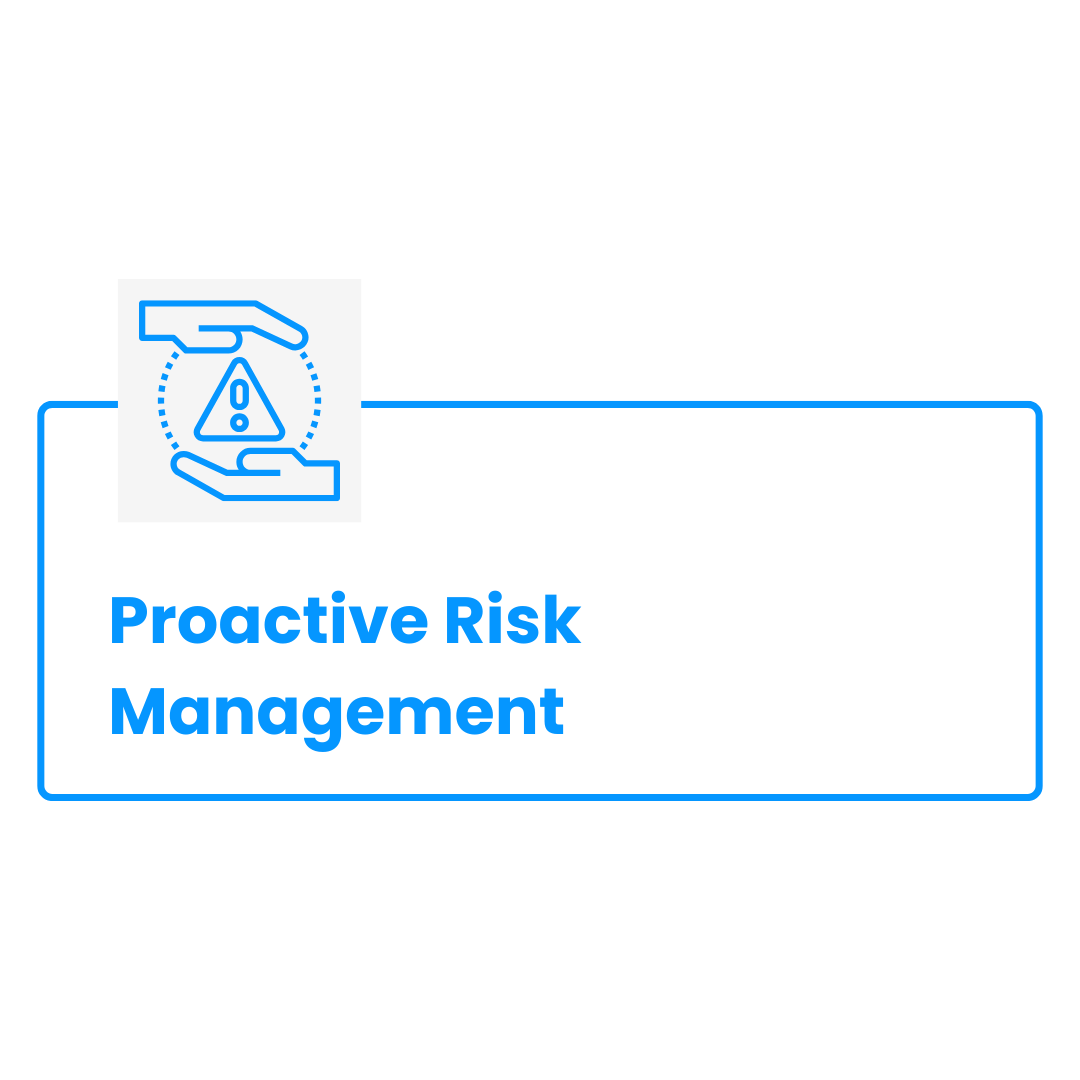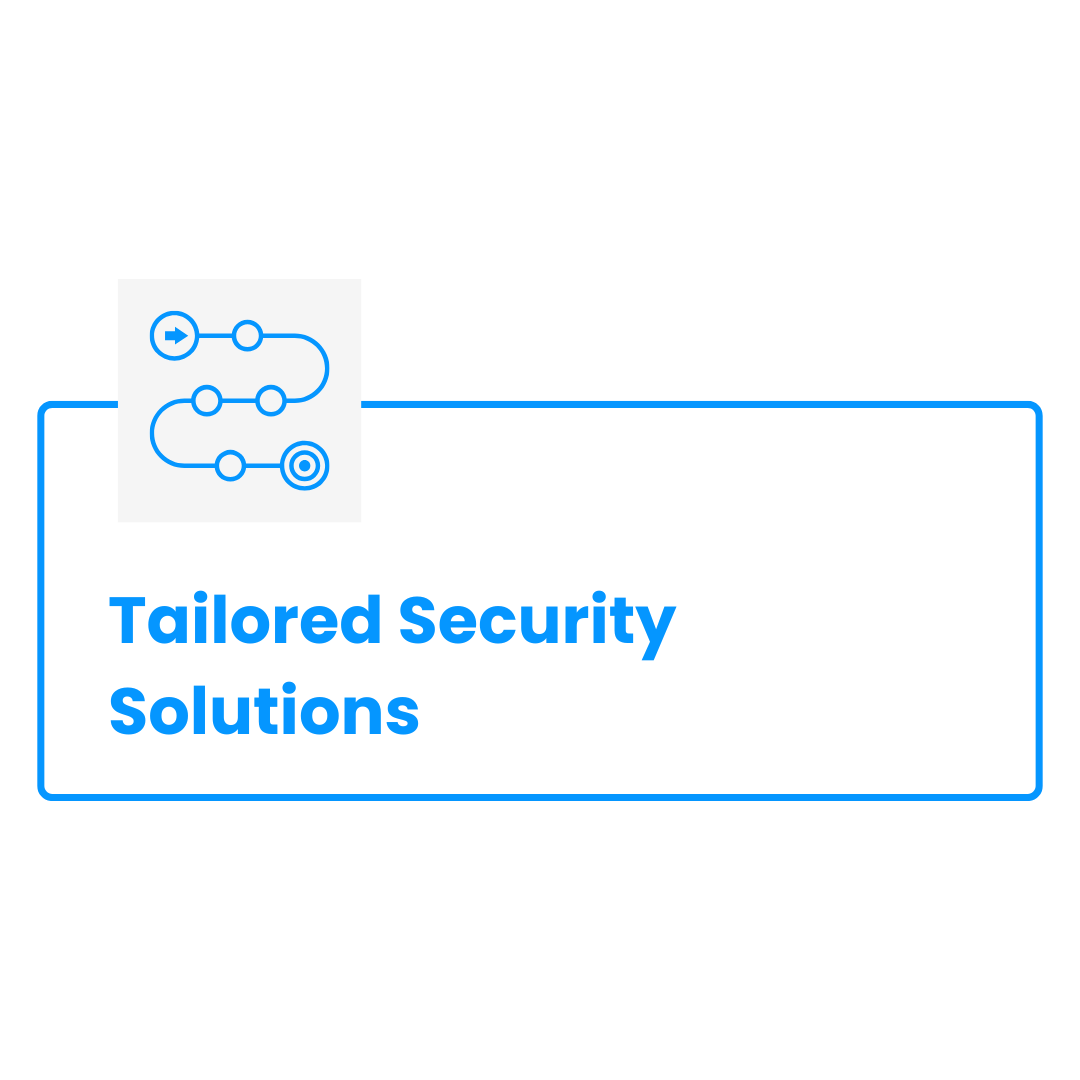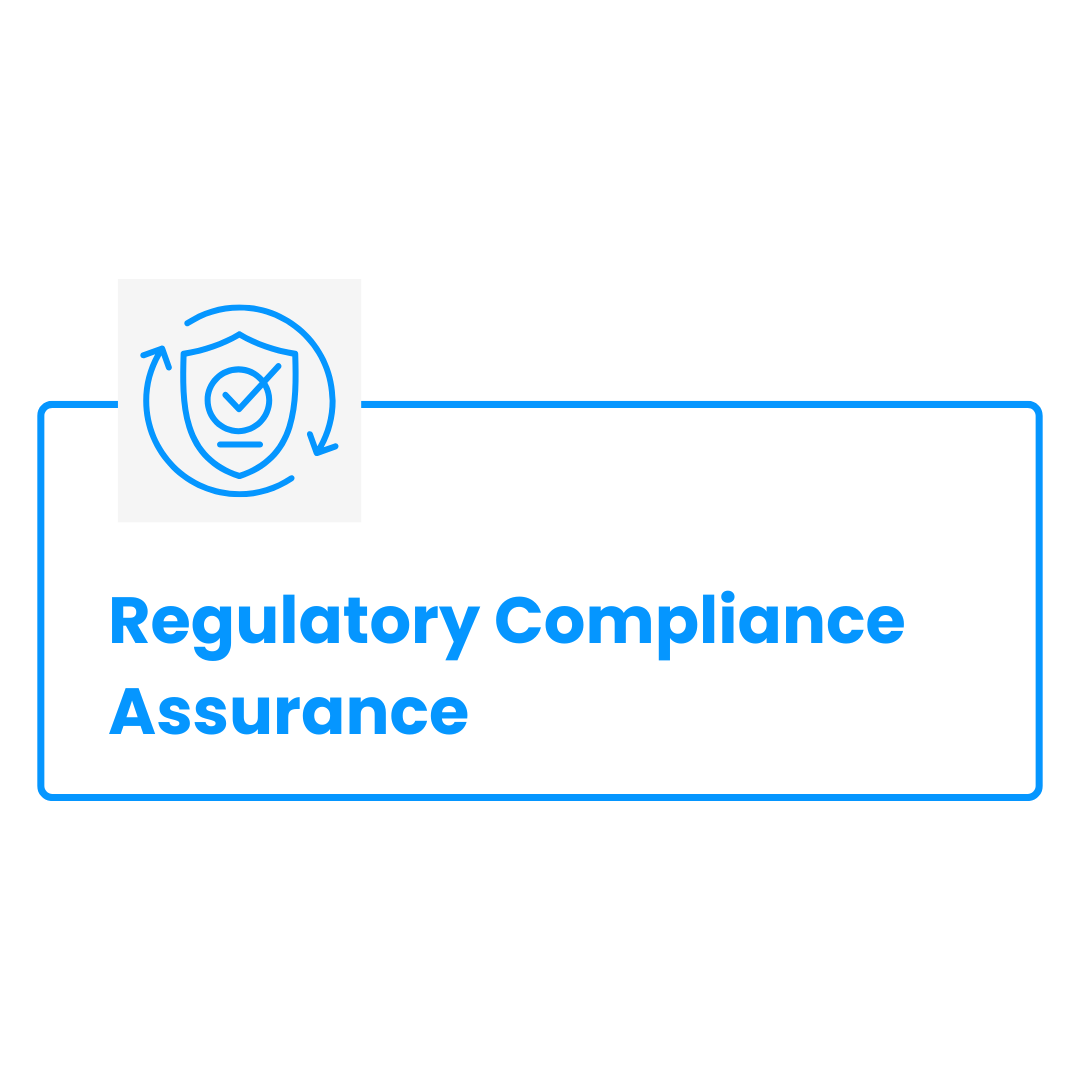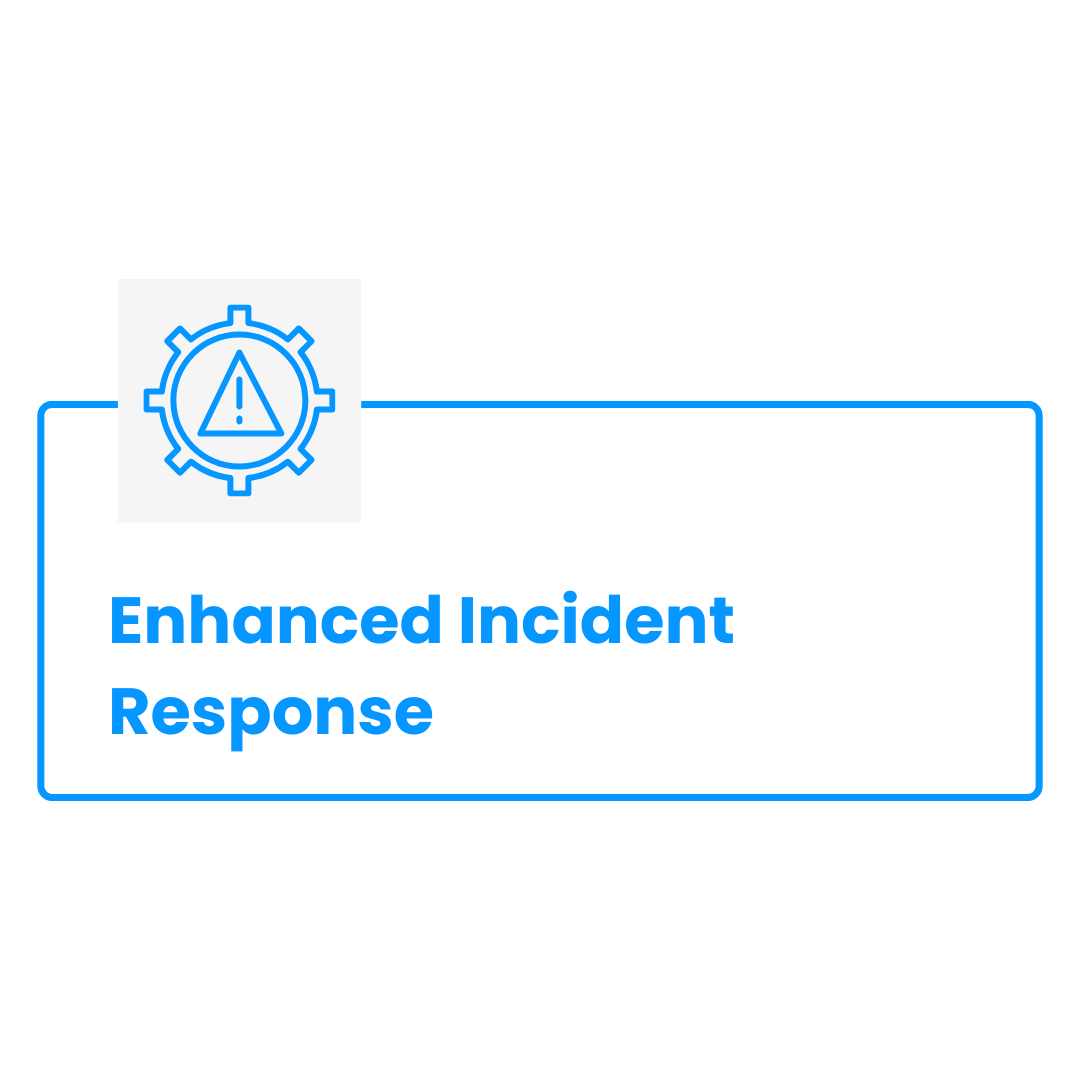"The collaborative partnership between Pro5.ai and Slasify has elevated our remote HR solution offerings, facilitating the seamless sourcing of top-tier professionals globally for clients who hire their remote talents under our Employer of Record services.
Through Pro5.ai's expertise, we've successfully filled critical positions in diverse industries, delivering exceptional talent that aligns perfectly with our clients' needs.
Their proactive approach and dedication to understanding our business have played a pivotal role in enhancing our competitive edge and driving business growth."
















.png)

.png)





















